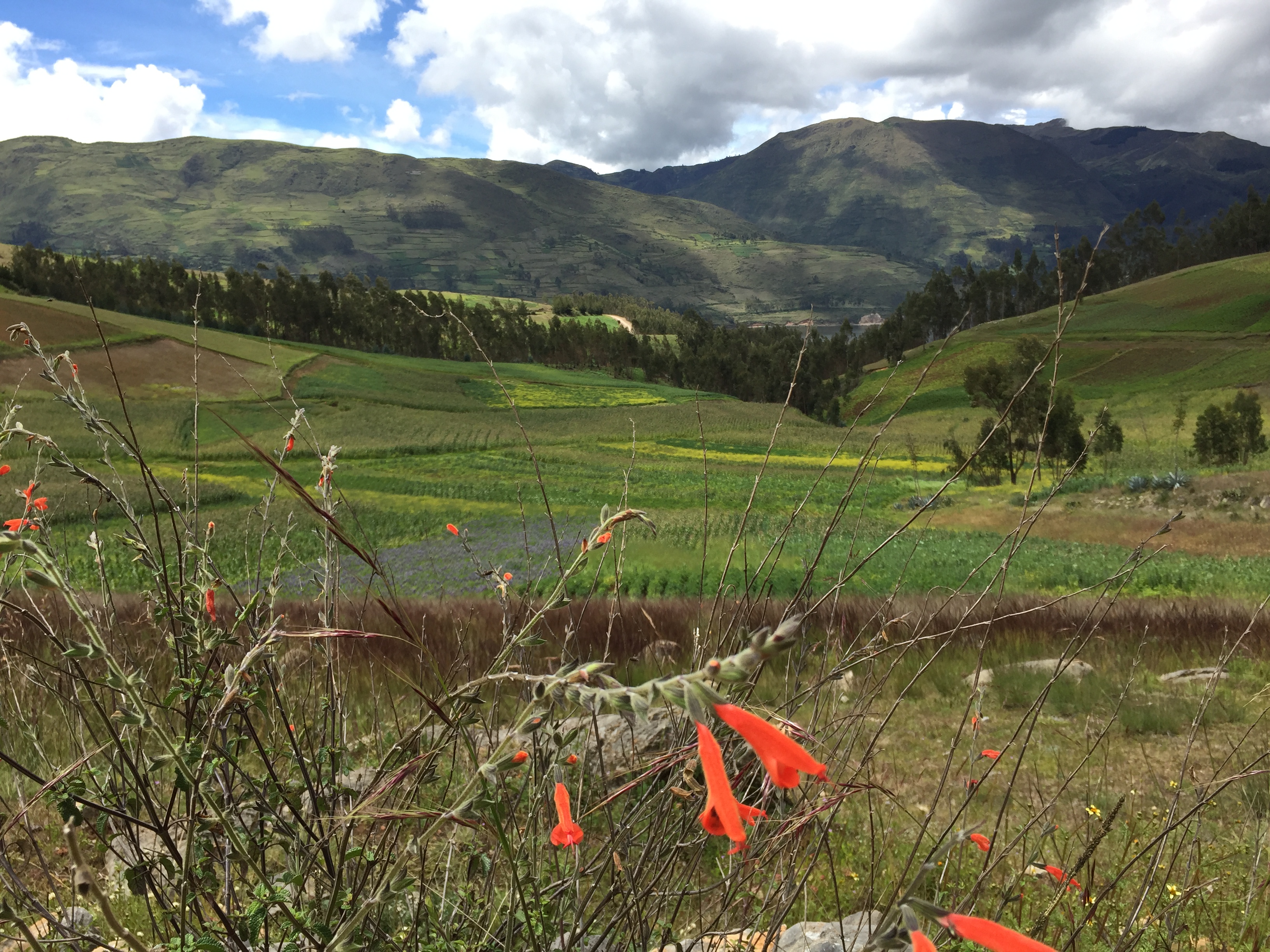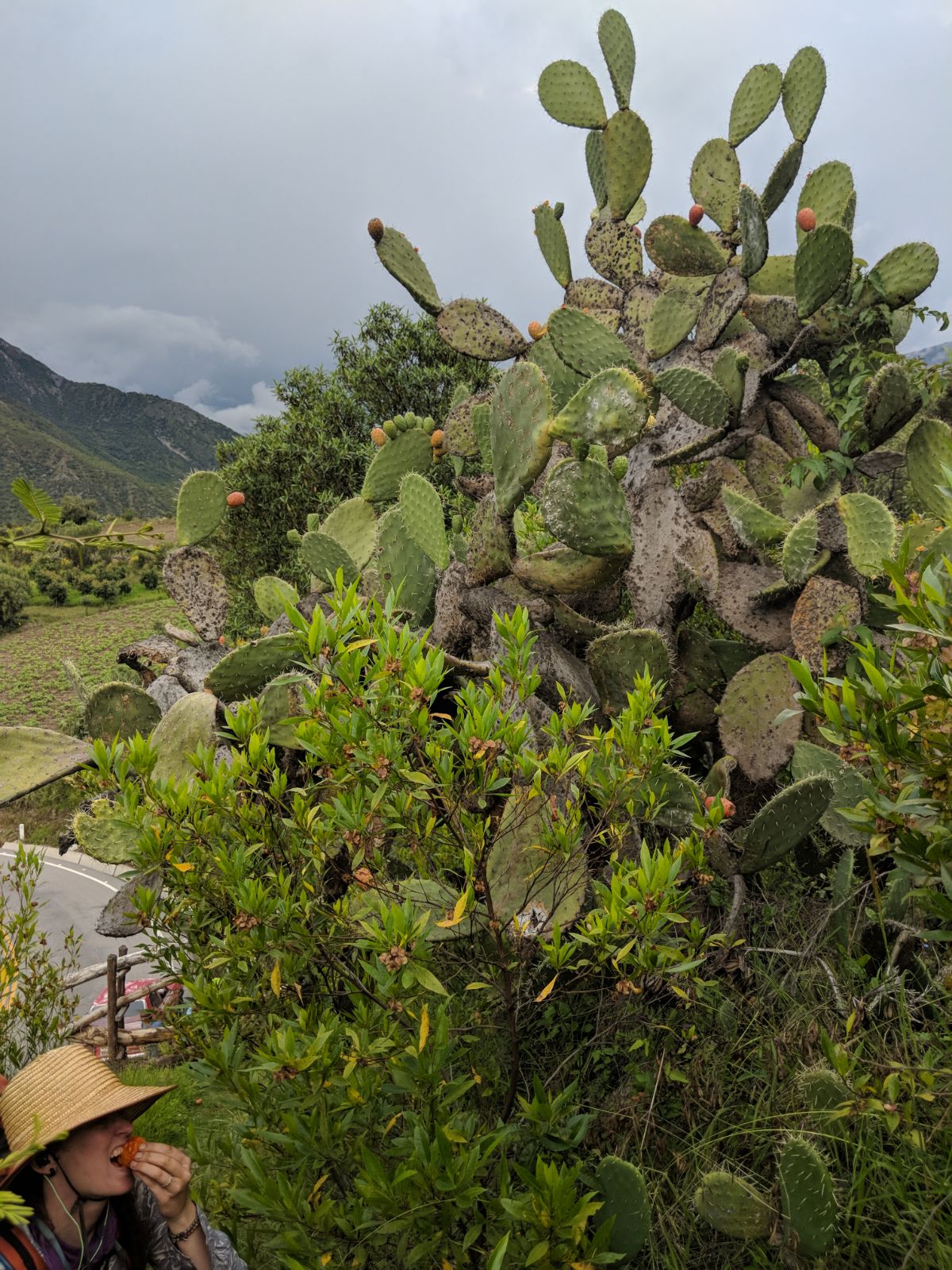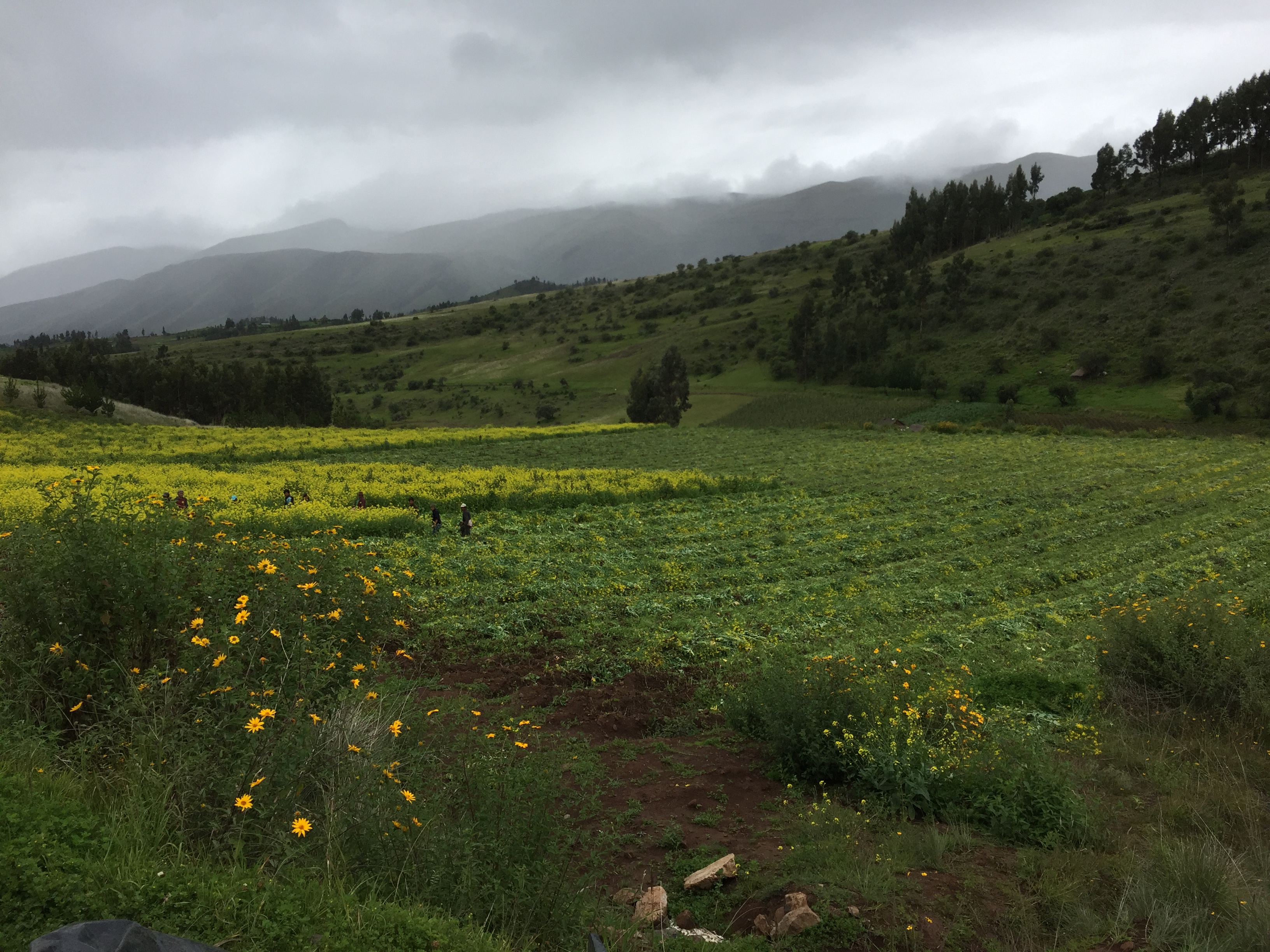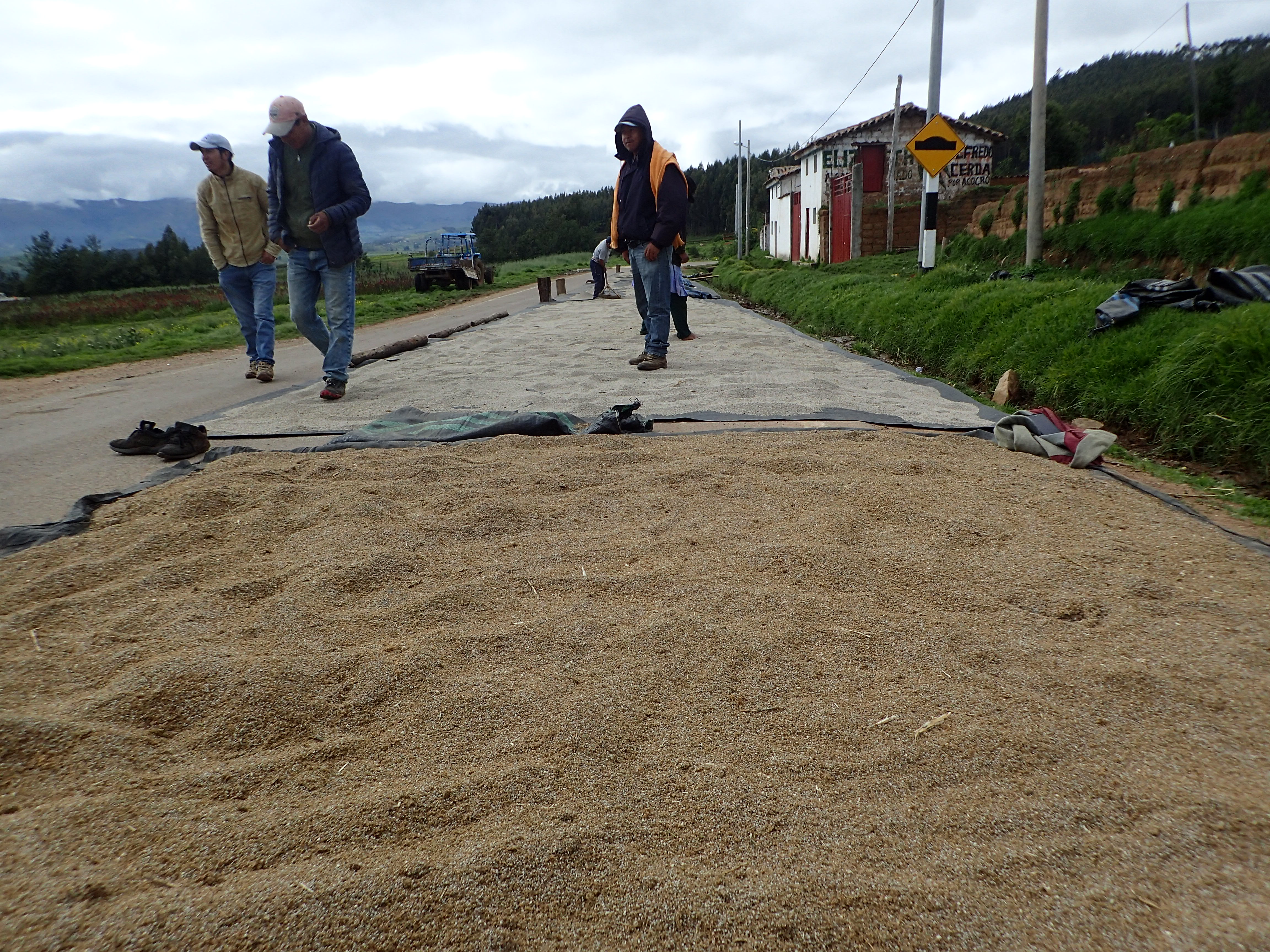Written by Fidgit
 We are walking through a region rich in abundance. Water falls from the sky and springs up from the ground, the pastures are lush, and the animals are handsome and well fed. Two of the main staples seem to be potatoes and quinoa, though we have seen a great variety of crops: wheat, corn, lima beans, avocados, oranges, bananas, mangoes, and tuna.
We are walking through a region rich in abundance. Water falls from the sky and springs up from the ground, the pastures are lush, and the animals are handsome and well fed. Two of the main staples seem to be potatoes and quinoa, though we have seen a great variety of crops: wheat, corn, lima beans, avocados, oranges, bananas, mangoes, and tuna.

This is a great example of when learning Spanish is confusing:
Tuna is a fruit which grows on a cactus.
Atun is tuna.
Aceituna are olives.
Furthermore, we happen to be walking through their harvest season (March-May). It has been fascinating to observe the process. It has been a good crop year and everyone is out working and in high spirits, which has made for many pleasant encounters. Compared with the coldness of the people on the Bolivian altiplanos and the money-focused attitude of the Cusco region, this area has been a relief for my heart.

Papas

Potatoes saved my faith in humans at the end of last season.
Over 4000 variety of potatoes are native to the Bolivian, Peruvian, and Ecuadorian area. A number of fields flowering in yellow and purple are potatoes. Once it comes time to harvest, the stocks are cut down by hand with sickles and cast aside.

Then la maquina comes in and turns the soil. After that, the communities all take off their shoes and head out into the fields and pick. The tasks seem to be divided such that the women are the primary gatherers, loading them into burlap sacks. The men carry the sacks out of the field on their backs and the tops are sewed shut, loaded onto a tractor or truck. From there, to market!
Quinoa

There are over 100 varieties of quinoa. We have primarily seen white, purple, and black. The husks of the plants have misled me as to which variety is which! These too are mostly cut by hand with sickles. The grains are separated and spread out on tarps which are laid across half of the road.


These are shuffled and kicked around by foot as well as they dry for 1 to 2 days before being bagged and taken to a location with machines to process it by removing the casings and rinse before being delivered to market.

Also, don’t forget about the bees!
Gotta give a little love to the pollinators. Which is a part of why we are stoked to be contributing to Adventure Scientists “Conserving Biodiversity: Pollinators” project.
You should too!






